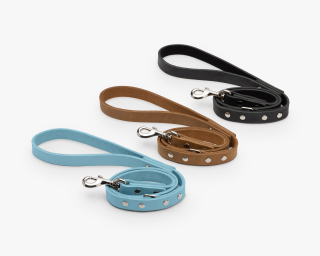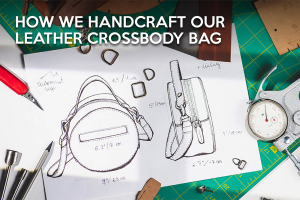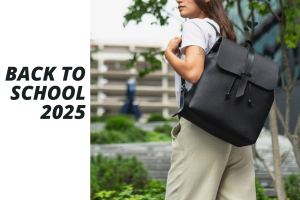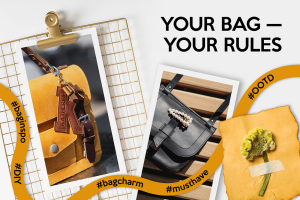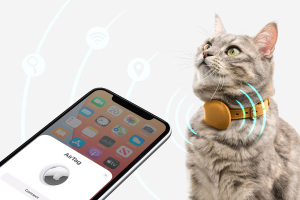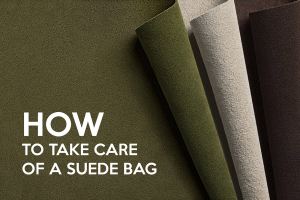How to get a dog to walk on a leash?
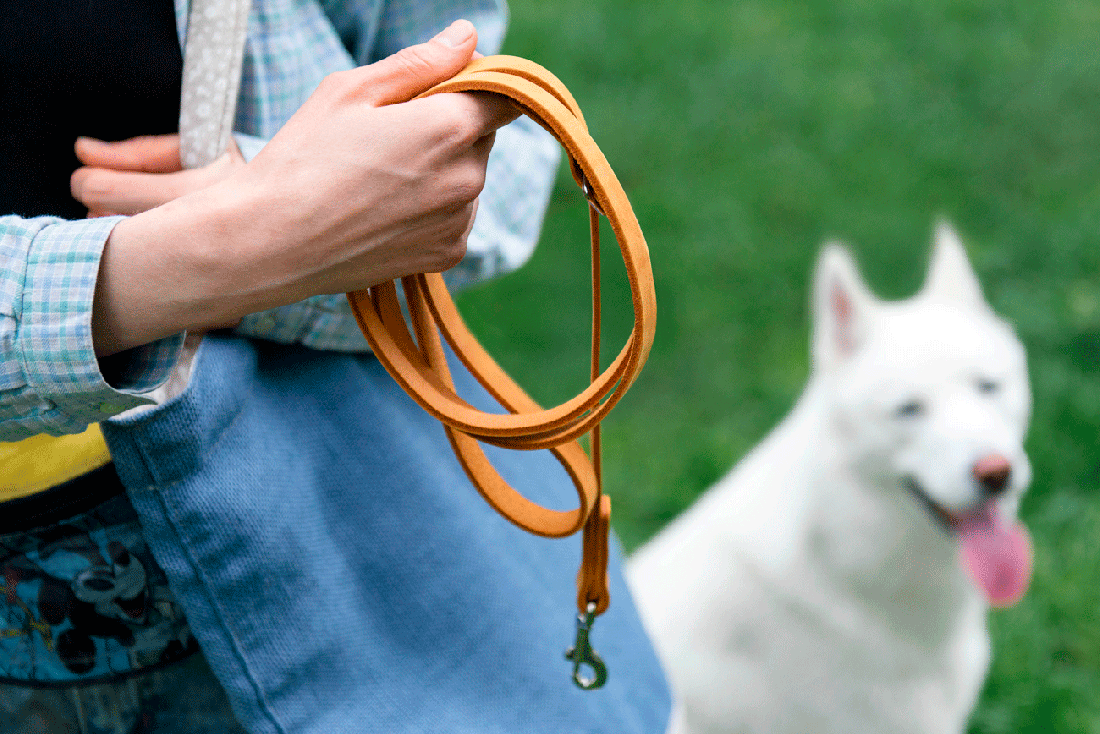
Walking is the healthiest and most pleasant aspect for you and your pup. Indeed, a leash is an everyday necessity that creates a special bond between you and your little furry friend. However, before you both start getting pleasure from daily walks, you should be patient and train dog to walk on leash.
Teaching your dog to walk on a leash is challenging, but you can achieve this goal by following a few simple steps and some patience! Our article tells WHY dog walking training is essential, AT WHAT AGE it's better to start, and HOW to train your dog to walk on a leash. Find out what's the best way to train a puppy to walk on a leash without much stress for both of you.
Why is a dog walking training essential?
Leash training a puppy is a must-skill for daily walks, training sessions, and trips because it helps control the dog's behavior and ensures safety for your dog, people, and other dogs around you. Plus, puppy leash training teaches dogs to be obedient in unknown, new places and facilitates further cues responses.
At what age should you start teaching your dog to walk on a leash?
The age of 7-8 months is the best time to start puppy walking training as the dog is conscious enough to understand and obey the commands. If you start later, you may face difficulties in handling the dog's formed character.
Why don't dogs like to walk on a leash?
Pay regard that wrong puppy walking training methods result in a dog refusing to walk on a leash. Most of all, the dog sees the leash as a freedom-restricting object. Also, such leash disapproval during a dog walking training session may derive from the lack of comfort the leash or collar provide, for example, the dog constantly gets leash-tangled, or the collar snags the fur. Hidemont offers a huge collection of high-quality pet-friendly accessories for daily walks like buttery-soft but sturdy, reliable dog collars and ergonomic leashes with a 360° swivel bolt snap and the optimal lengthes of 2.8 and 4 feet. Also, enjoy hands-free strolling and express your eco-consciousness with leather dog poop bag holders that can be effortlessly attached to a leash.
Of course, puppy walking training sessions may be unsuccessful, but later on, your dog won't be distracted with a leash if you follow simple dog walking tips.
What do you need for efficient puppy leash training?
Before you start leash training a puppy, make sure you have a comfortable dog collar and leash, a lot of treats, and patience. Best-quality dog collars and leashes make no discomfort to the pet without discouraging your dog from wearing them in the future. It's essential to choose dog accessories made of non-toxic material without chemical smell and are easy to maintain. You should consider this point with an extra sense of responsibility if your dog pup tends to chew unknown items. Read more about how to choose a dog leash and what to consider to find the best dog collar.
What is the best way to train a puppy walking?
First of all, you shouldn't begin teaching your dog to walk on a leash without giving your dog the possibility to get used to the new gear. All you need to do is to introduce the dog to a collar and leash: let your puppy sniff the accessories and then wear the leash attached to a collar over the house. If the leash is too heavy for your puppy, you'd better tie a shoelace to the collar and only in a few days attach the leash. Don't let your dog chew the leash – funny games and treats will be much appreciated by your little furry friend during every puppy walking training session.
Only when the dog feels no discomfort with something clipped to the collar, you can proceed with leash training a puppy at home. Take only a few minutes for the first training session, and gradually increase the timing for the further ones. Be patient if the puppy keeps pulling or chewing the leash, and encourage positive interaction with treats.
Once the dog associates a leash with fun and treats, you can train the dog to walk on leash in a quiet park. It's expected that the pup gets thrilled because of new sounds and smells, and for the first time not you will be the one to lead – the pup will lead you. Despite that, you should keep controlling behavior with the commands like Heel! With me! or No! and praise obedience with treats. Don't make your dog exhausted, and be merciful if the results are not as desired. Leash training a puppy regularly will do the job.
Dog behaviorists recommend stopping unwanted behavior immediately but in a reserved, not harsh way. The best way to train a puppy not to lunge, jump, or pull is to stay still until the dog comes back to you – reward it with a treat.
There are some more dog walking tips to pay attention to:
- Use a collar and leash only of the best quality
- Don't start training without letting your dog get used to a leash
- Don't do the first training outside – it's better to do it at home
- Don't encourage pulling or unwanted behavior with treats – give the treats only when the dog is obedient
- Don't drag or yank your dog
- Don't use a leash as a punishment tool
- Train a dog to walk on leash by establishing an effective communication
Are these dog walking tips helpful? Feel free to share your successful experience on how to train a puppy.



